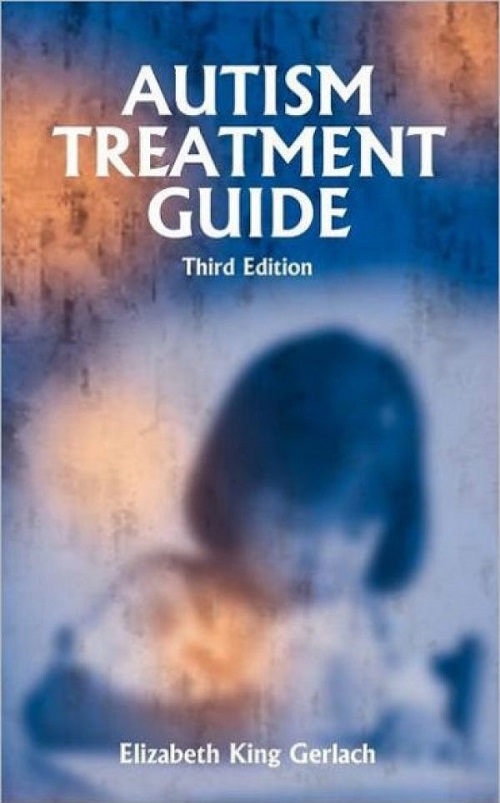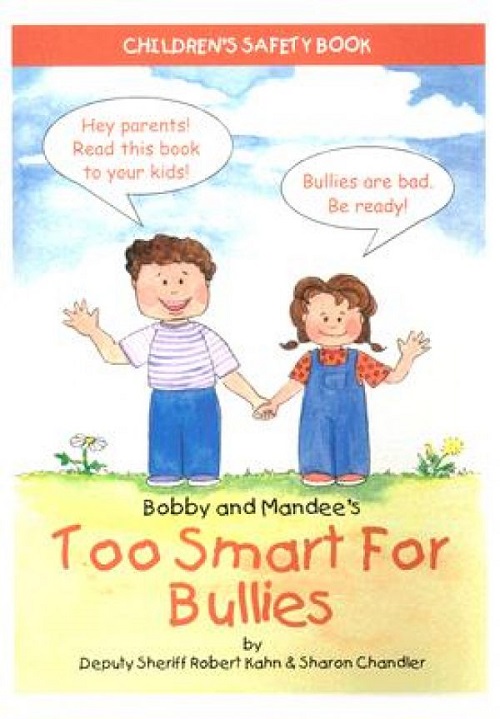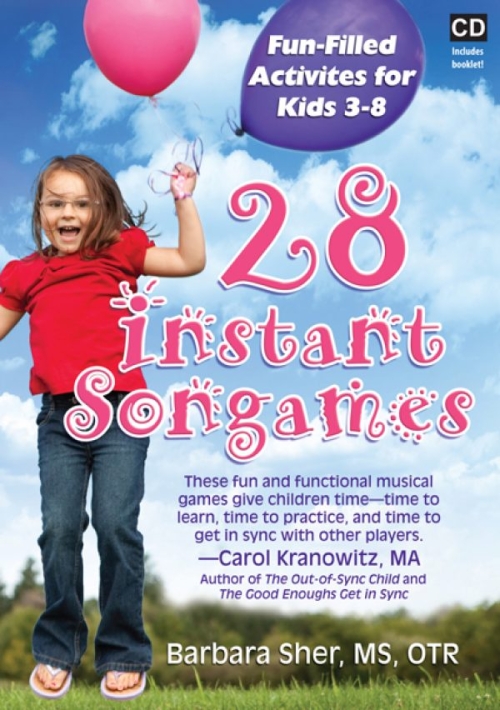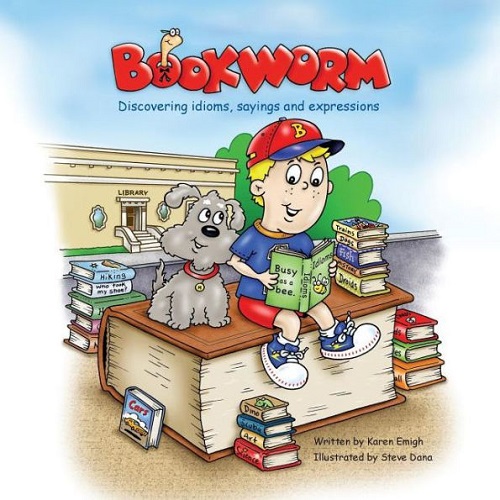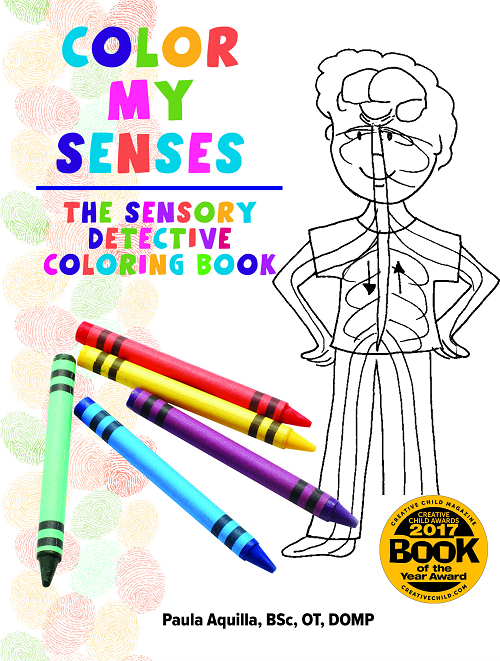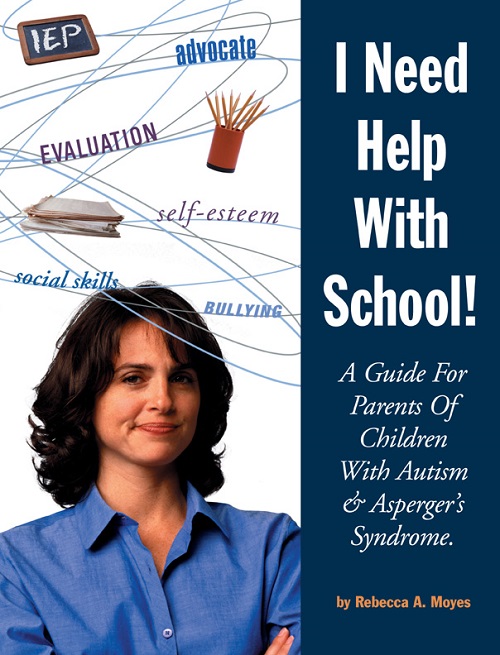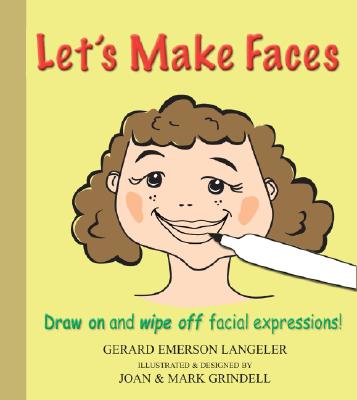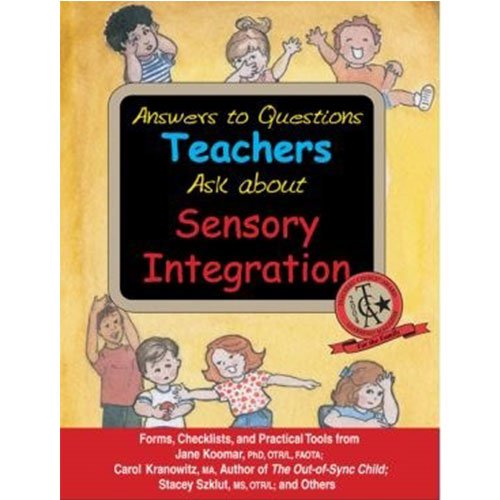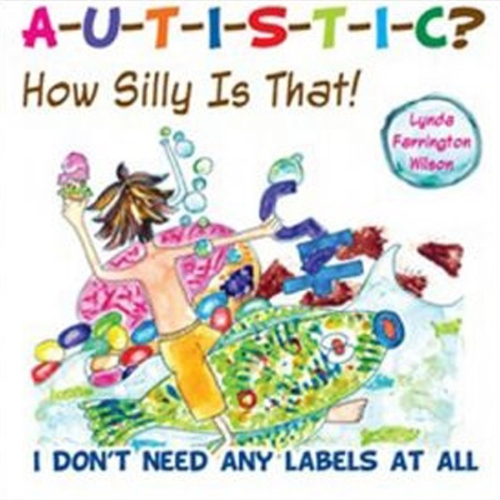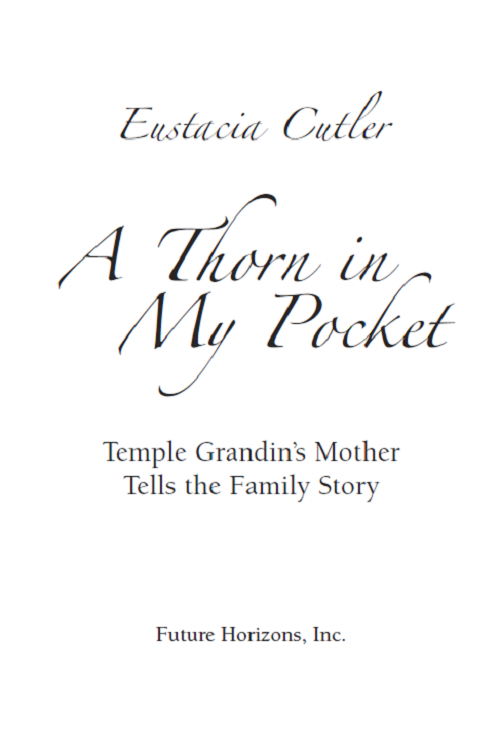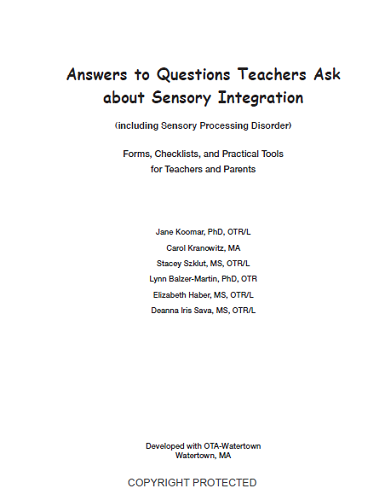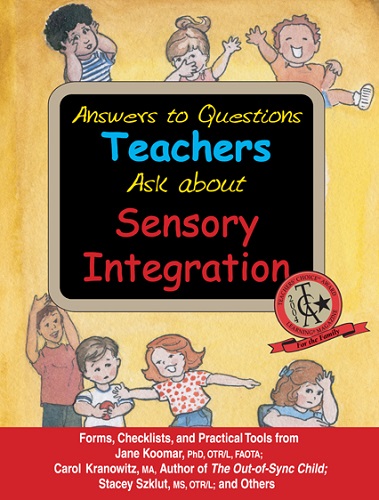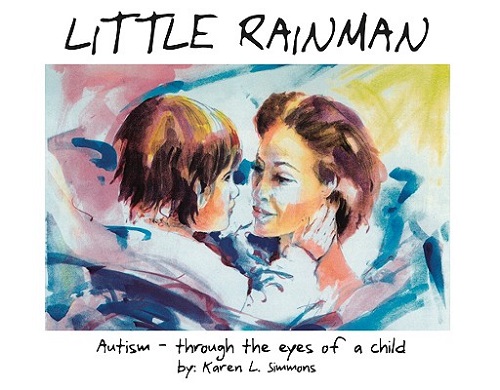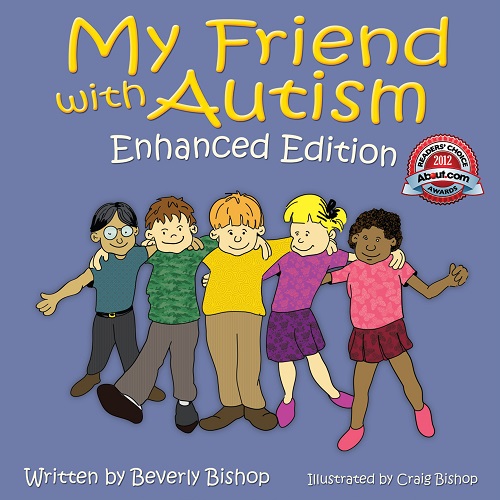-
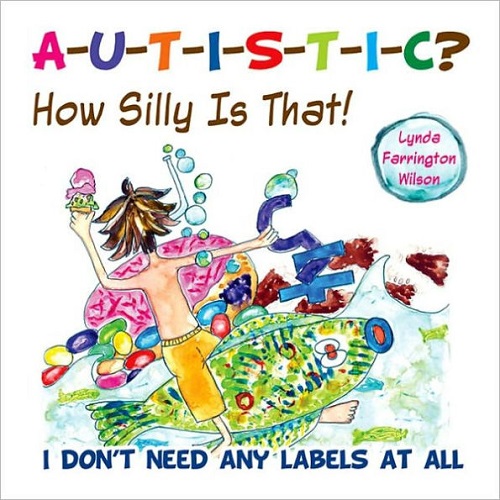 The first book of its kind that tells children with autism they are KIDS with autism, as it gently pokes fun of the label “autistic”. Young readers feel better about themselves after meeting their new friend, the narrator, who HAS autism, as well as many other more important characteristics. Having autism is just one small part of his overall character and we would never again label him as simply “autistic”.
The first book of its kind that tells children with autism they are KIDS with autism, as it gently pokes fun of the label “autistic”. Young readers feel better about themselves after meeting their new friend, the narrator, who HAS autism, as well as many other more important characteristics. Having autism is just one small part of his overall character and we would never again label him as simply “autistic”. -
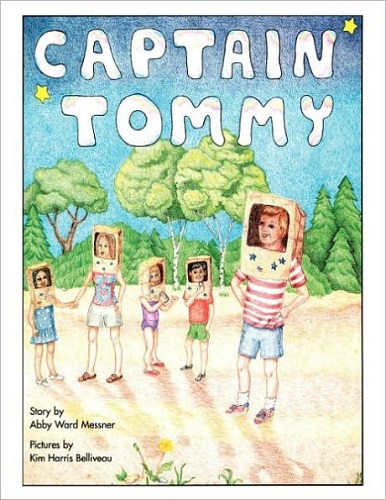 More than a delightful story, Captain Tommy teaches understanding and kindness. Tommy goes to “”space camp”” and meets John, a boy who seems “”spaced out”” and different from other children. The camp counselor makes Tommy the captain of the spaceship, and gives him the job of getting John to interact with the other space-kids.
More than a delightful story, Captain Tommy teaches understanding and kindness. Tommy goes to “”space camp”” and meets John, a boy who seems “”spaced out”” and different from other children. The camp counselor makes Tommy the captain of the spaceship, and gives him the job of getting John to interact with the other space-kids. -
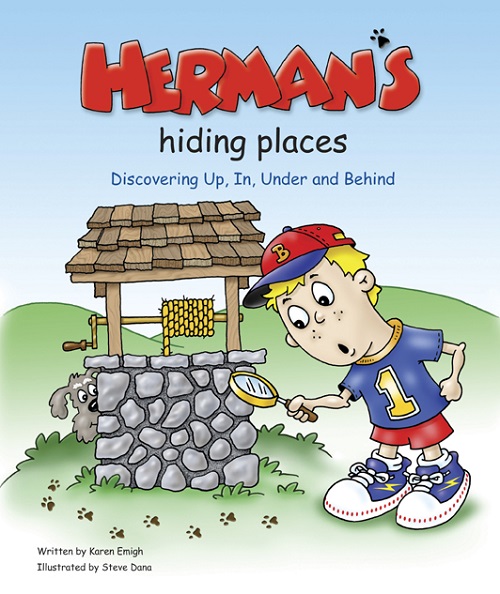 Karen Emigh’s son Brett—the “star” of all three of her books—was diagnosed with autism when he was six. Each book teaches a part of language that children on the autism spectrum often struggle with. In Herman’s Hiding Places, she teaches the concepts behind prepositions. Brett and his dog Herman play hide-and-seek, and Herman is “it.”
Karen Emigh’s son Brett—the “star” of all three of her books—was diagnosed with autism when he was six. Each book teaches a part of language that children on the autism spectrum often struggle with. In Herman’s Hiding Places, she teaches the concepts behind prepositions. Brett and his dog Herman play hide-and-seek, and Herman is “it.” -
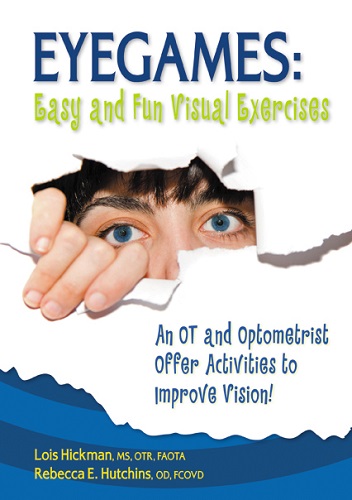 Developing healthy visual-motor abilities is more difficult in the complex stimulus of today’s world than ever before, especially for those with Autism Spectrum Disorder. Our visual experiences can be overwhelmed by the vast complexity of artificial colors and sounds which did not exist in our ancestors’ lives. Much more time is spent indoors, exposed to a myriad of unnatural colors, movement, and imagery.
Developing healthy visual-motor abilities is more difficult in the complex stimulus of today’s world than ever before, especially for those with Autism Spectrum Disorder. Our visual experiences can be overwhelmed by the vast complexity of artificial colors and sounds which did not exist in our ancestors’ lives. Much more time is spent indoors, exposed to a myriad of unnatural colors, movement, and imagery. -
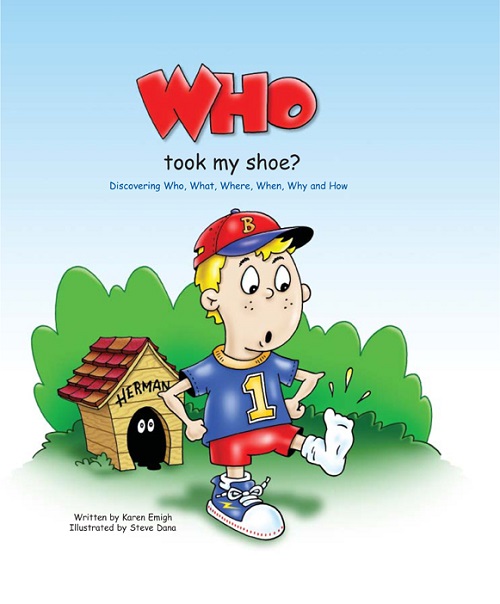 Brett and his dog Herman embark on a search for Brett’s mysteriously missing shoe. They playfully and methodically ask questions, such as Who took it? What happened to it? How can I find my shoe? The answers are pretty hilarious, until Brett finally asks the right one, and discovers his shoe in a most unlikely place! Although written to teach the concepts of who, what, where, why, when and how questions for children on the autism spectrum, Who Took My Shoe? will teach, entertain, and delight all youngsters.
Brett and his dog Herman embark on a search for Brett’s mysteriously missing shoe. They playfully and methodically ask questions, such as Who took it? What happened to it? How can I find my shoe? The answers are pretty hilarious, until Brett finally asks the right one, and discovers his shoe in a most unlikely place! Although written to teach the concepts of who, what, where, why, when and how questions for children on the autism spectrum, Who Took My Shoe? will teach, entertain, and delight all youngsters. -
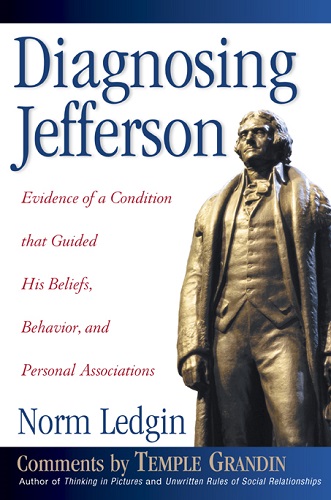 Historians have long remarked on Thomas Jefferson’s “peculiarities.” But it took author Norm Ledgin, whose son has Asperger’s Syndrome, to see what others did not. In this intriguing book, Ledgin carefully constructs a convincing case for the likelihood that Thomas Jefferson had Asperger’s Syndrome.
Historians have long remarked on Thomas Jefferson’s “peculiarities.” But it took author Norm Ledgin, whose son has Asperger’s Syndrome, to see what others did not. In this intriguing book, Ledgin carefully constructs a convincing case for the likelihood that Thomas Jefferson had Asperger’s Syndrome. -
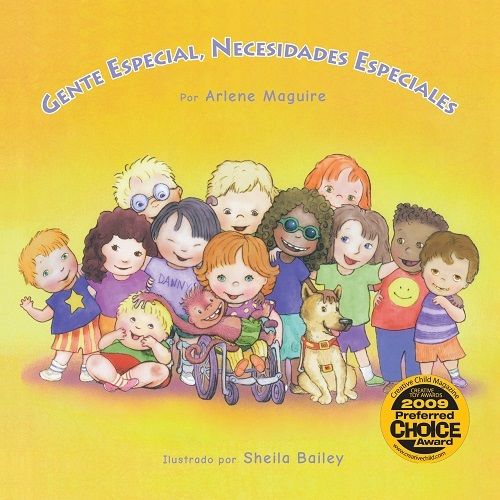 La encantadora rima de Arlene Maguire se combina con las vivas ilustraciones en acuarela de Sheila Bailey para llevar al lector en un viaje al descubrimiento. Más allá de nuestras limitaciones físicas existe un mundo de dones únicos para que cada uno de nosotros compartamos. Aunque nos veamos diferentes, somos iguales por dentro.
La encantadora rima de Arlene Maguire se combina con las vivas ilustraciones en acuarela de Sheila Bailey para llevar al lector en un viaje al descubrimiento. Más allá de nuestras limitaciones físicas existe un mundo de dones únicos para que cada uno de nosotros compartamos. Aunque nos veamos diferentes, somos iguales por dentro. -
 Written by Michele Griffin, an occupational therapist, this picture book is a must for any child with sensory processing disorder. Pete finds his clothes uncomfortable and can’t stand “paint, soap, and things with lumps.” He explains this to his mother and the reader in this fun children’s book, as he and his mother navigate a difficult morning in the life of a young boy with sensory issues.
Written by Michele Griffin, an occupational therapist, this picture book is a must for any child with sensory processing disorder. Pete finds his clothes uncomfortable and can’t stand “paint, soap, and things with lumps.” He explains this to his mother and the reader in this fun children’s book, as he and his mother navigate a difficult morning in the life of a young boy with sensory issues. -
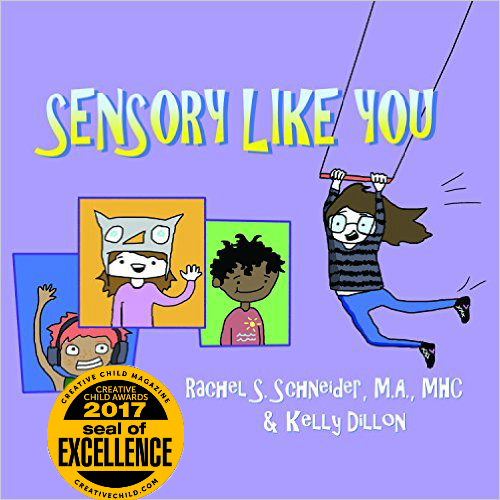 In this illustrated book for children ages six through nine, and based on the article, How One Adult With SPD Wants to Explain this Condition to Your Sensory Child , SPD adult advocates Rachel and Kelly will lead kids and their parents through the basic ins-and-outs of what it means to have Sensory Processing Disorders(SPD).
In this illustrated book for children ages six through nine, and based on the article, How One Adult With SPD Wants to Explain this Condition to Your Sensory Child , SPD adult advocates Rachel and Kelly will lead kids and their parents through the basic ins-and-outs of what it means to have Sensory Processing Disorders(SPD). -
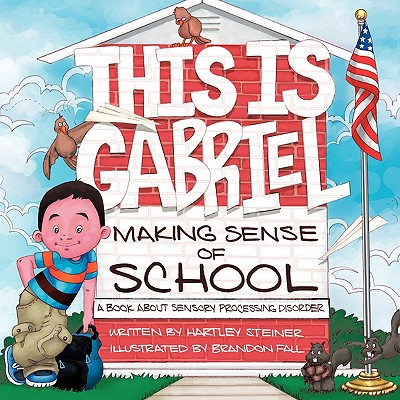 This is Gabriel Making Sense of School provides a look into the challenges children with Sensory Processing Disorder (SPD) face in the classroom. This easy to read and beautifully illustrated picture book gives teachers, parents and students a better understanding of all seven senses, how they are each affected at school and what kinds of accommodations are necessary to help children with SPD become learning sensations!
This is Gabriel Making Sense of School provides a look into the challenges children with Sensory Processing Disorder (SPD) face in the classroom. This easy to read and beautifully illustrated picture book gives teachers, parents and students a better understanding of all seven senses, how they are each affected at school and what kinds of accommodations are necessary to help children with SPD become learning sensations! -
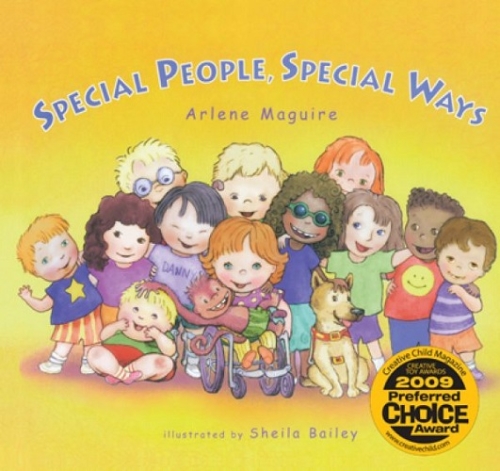 Arlene Maguire’s delightful rhymes combine with Sheila Bailey’s rich watercolor illustrations to take the reader on a journey of discovery. Each page portrays positive images of children with various disabilities. Winner of an iParenting Media Award and 2009 Preferred Choice Award by Creative Child Magazine, this book illustrates that beyond our physical limitations is a world of unique gifts for each of us to share.
Arlene Maguire’s delightful rhymes combine with Sheila Bailey’s rich watercolor illustrations to take the reader on a journey of discovery. Each page portrays positive images of children with various disabilities. Winner of an iParenting Media Award and 2009 Preferred Choice Award by Creative Child Magazine, this book illustrates that beyond our physical limitations is a world of unique gifts for each of us to share.

